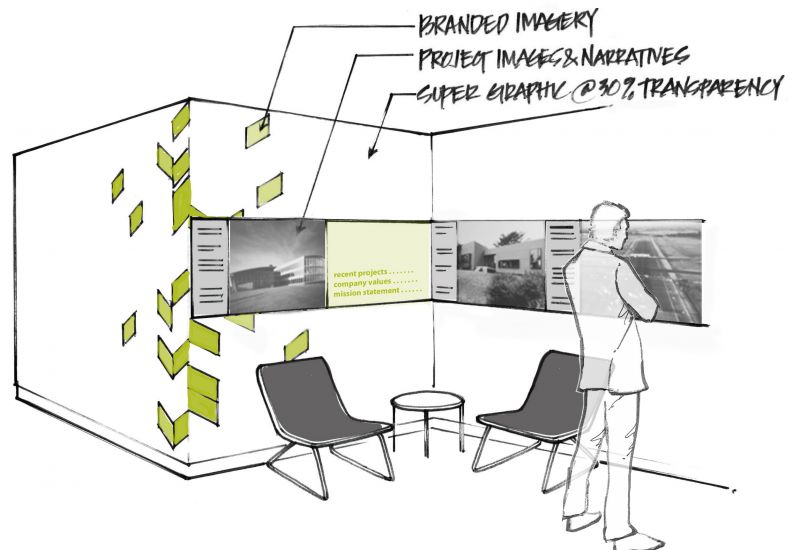Express Group Meaning and Purpose

To continue our Human Side series, in effort to provide tips on how to humanise the workplace to achieve better business results, this week looks at ways to "Express Group Meaning and Purpose" in the workplace. This objective is based on the importance of expressing the organisation's vision clearly to both the customer and employee. This awareness fosters a sense of connectedness and a sense of community, both critical for the organisational culture and the brand.
Employees who have a clear understanding of their organisation's vision have a better understanding of the importance of their group's role and how they might contribute to it. It follows that people are then better able to align their own skills and ideas to make a meaningful contribution, innovate and 'flourish'.
Meaning and purpose is expressed through both the brand and the culture of the organisation and conveyed through the development of specific words, symbols and stories. Even subconsciously these messages if boldly expressed throughout the workplace, filter through not only to employees but also to the customer. Manifesting meaning and purpose throughout the workplace helps people understand their specific role, as well as the functions or other groups within the organisation. This awareness fosters a sense of connectedness and a sense of community, both critical in an organisational culture and brand. Tips to help express group meaning and purpose in the workplace include:
Provide environments that reflect the group's or the organisation's vision.
- Explore dynamic ways to communicate information 2 dimensional evolutionary displays through projected images, video, or audio content. Displays of recent work/projects are highly effective in public areas, such as receptions.
- Provide access to past projects through graphics, words, artifacts, and digital information.
- Provide places that display current values and culture and illustrate visions for the future.
Allow for expression of group identity and corporate culture.
- Provide visual boundaries for groups. This can be achieved without providing a sense of enclosure, and can enable connection with other groups.
- Incorporate visual icons or images which are mobile or easily changeable to reflect the groups own internal identify and business process.
Provide settings that allow personalisation of space
- Provide a 'kit of parts' that can be arranged by users to make up a range of settings specific to each group.
- Provide opportunities at each workstation for user to express their personalities.


